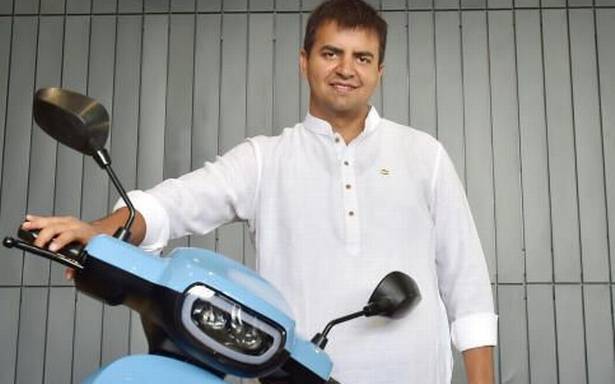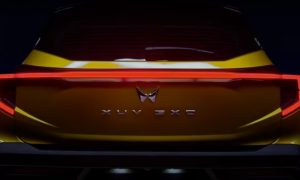If the firm’s e-scooter project clicks, it has the potential to create huge employment opportunities, boost exports and contribute towards protecting the environment
Is Ola a taxi-service provider? Else, is it a cab aggregator, fin-tech, or new generation eco-friendly automotive company? The question that bothers many is: Why so much diversification in less than a decade? Is it because of the diversity of the young leaders on the Ola board? Can Ola’s diversity help us learn lessons to manage and shape our future by disruptive thinking?
Ola was founded in 2010 and launched its cab service in the country in 2012. At the time of entry into the market, it offered three free rides to its passengers. The strategy was to attract the Indian middle-class and grab attention. Moreover, using high-end technologies, Ola ensured convenience, passenger safety, timely travel, and price estimation.
Such new features attracted many people and the company built its reputation and trust. The features offered by Ola were non-existent in taxi and auto segments then. It showed Ola’s remarkable commitment as a travel service provider, and fulfilled the dreams of many Indians of commuting in a cab.
Ola generated gig employment across States, with an incentive model to offer safe and timely rides. As of 2018, one million drivers were on board with Ola, and their incentives and rides were decided upon customers’ ratings and feedback.
Financing of cars
Further, Ola started financing the cars used by the drivers with some initial amount as deposit. Such a financing facility was not available in the market. Although arranging vehicles on the financing model is risky, Ola ventured and made its presence in insurance, too. Ola handled its financials using OlaMoney, a fintech firm. Ola used artificial intelligence to keep a track of customer behaviour and, thereby, offer better service.
Ola lifted the lives of many during the period 2012 to 2018. After that though, Ola started struggling due to increased competition with Uber on pricing, vehicle volumes, incentives and driver-related issues. The pandemic and lockdown pushed Ola into a vulnerable position, leading even to lay-offs of a few full-time employees.
The cab drivers also struggled because the lockdown with no rides and no income causing delayed EMI payments, etc. Further, as a safety measure, people during the pandemic started travelling in personal vehicles and avoided cabs and autos.
E-scooter project
Last year, Ola ventured into the automotive sector. Thanks to strong technology, it will be launching its electric scooter this year. Ola’s e-scooter can be booked for a mere ₹499 and comes with a free cancellation policy and 100 per cent refund. If OLA manages to get ₹499 from its average monthly users of ten million, it will generate an interest-free source of money in the form of customer advances. This can ease its huge debt burden.
The Ola cab operating model was successful without it even owning a car. On the contrary, electric scooter inventories will be owned by Ola. It is a big change in the business operating model. Further, moving from technology to manufacturing is a bold example set by Ola — a first in the country. Ola does not have a large number of own employees in its taxi business, but it will have a large workforce in this new upcoming segment. Ola taxi did not face much threat from competition and had the first-mover advantage. But in the scooter segment it is getting ready to compete with established players like Hero, Bajaj, Honda and many other emerging electric players. Nevertheless, with fuel prices rising steeply, people are looking forward to e-scooters.
A new move
Several Indian companies have moved from manufacturing to technology. On the contrary, Ola is moving from technology to manufacturing, a brave and challenging move, betting, as it is, on brand Ola. The country witnessed the result of Tata Nano a decade ago. But Ola appears confident of disrupting the automotive industry with its high-tech e-scooter.
If Ola’s e-scooter venture is successful, it will create massive employment, increase exports, save energy, contribute towards reducing pollution, and enhance the enthusiasm among budding entrepreneurs in the country.
The writer is Assistant Professor, Institute of Public Enterprise, Hyderabad





































